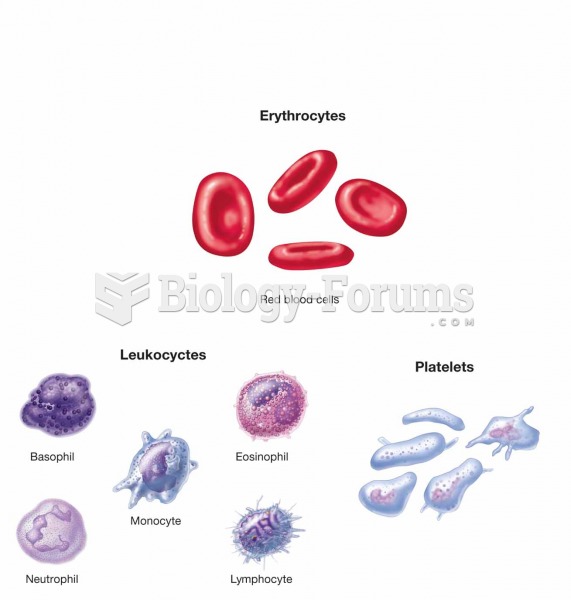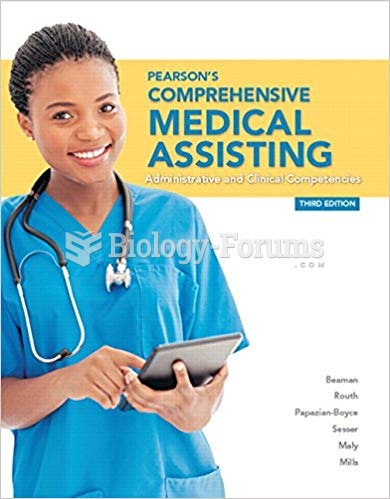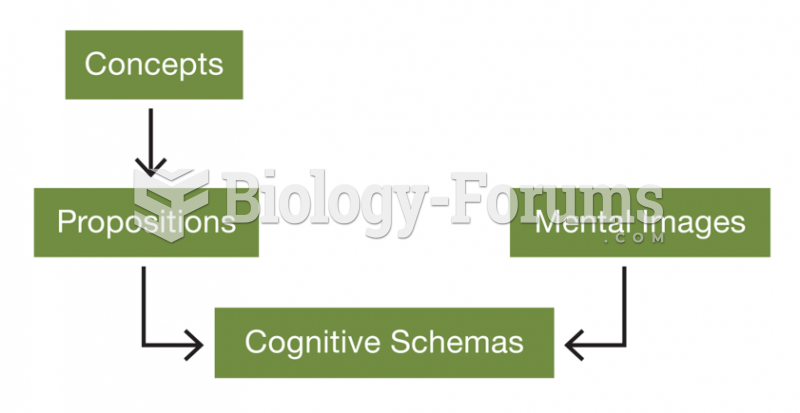Answer to Question 1
B
Feedback
A Incorrect. The basic elements of the TEACCH are not inclusion in the regular classroom, room helpers to work with the child with autism, and special talking texts.
B Correct. The basic elements of the Treatment and Education of Autistic and Communication Handicapped Children are caregiver and professional collaboration, individualized treatment based on assessment, and highly structured holistic teaching.
C Incorrect. The basic elements of the TEACCH are not a complete package of instruction for day-to-day teaching with lesson plans, games, tests, fun activities, and various types of music.
D Incorrect. The basic elements of the TEACCH are not a variation of the Stevenson method of teaching children with learning disabilities.
Answer to Question 2
D
Feedback
A Incorrect. Upon hearing the mother in a developing country tell the nurse she is bottle-feeding with formula given to her by an earlier group of volunteers, the nurse will not most want to check to be sure that the formula contains zinc.
B Incorrect. Upon hearing the mother in a developing country tell the nurse she is bottle-feeding with formula given to her by an earlier group of volunteers, the nurse will not most want to check to be sure that the formula contains magnesium.
C Incorrect. Upon hearing the mother in a developing country tell the nurse she is bottle-feeding with formula given to her by an earlier group of volunteers, the nurse will not most want to check to be sure that the formula contains sodium.
D Correct. Upon hearing the mother in a developing country tell the nurse she is bottle-feeding with formula given to her by an earlier group of volunteers, the nurse will most want to check to be sure the mother has sufficient formula and that the formula contains iron.







